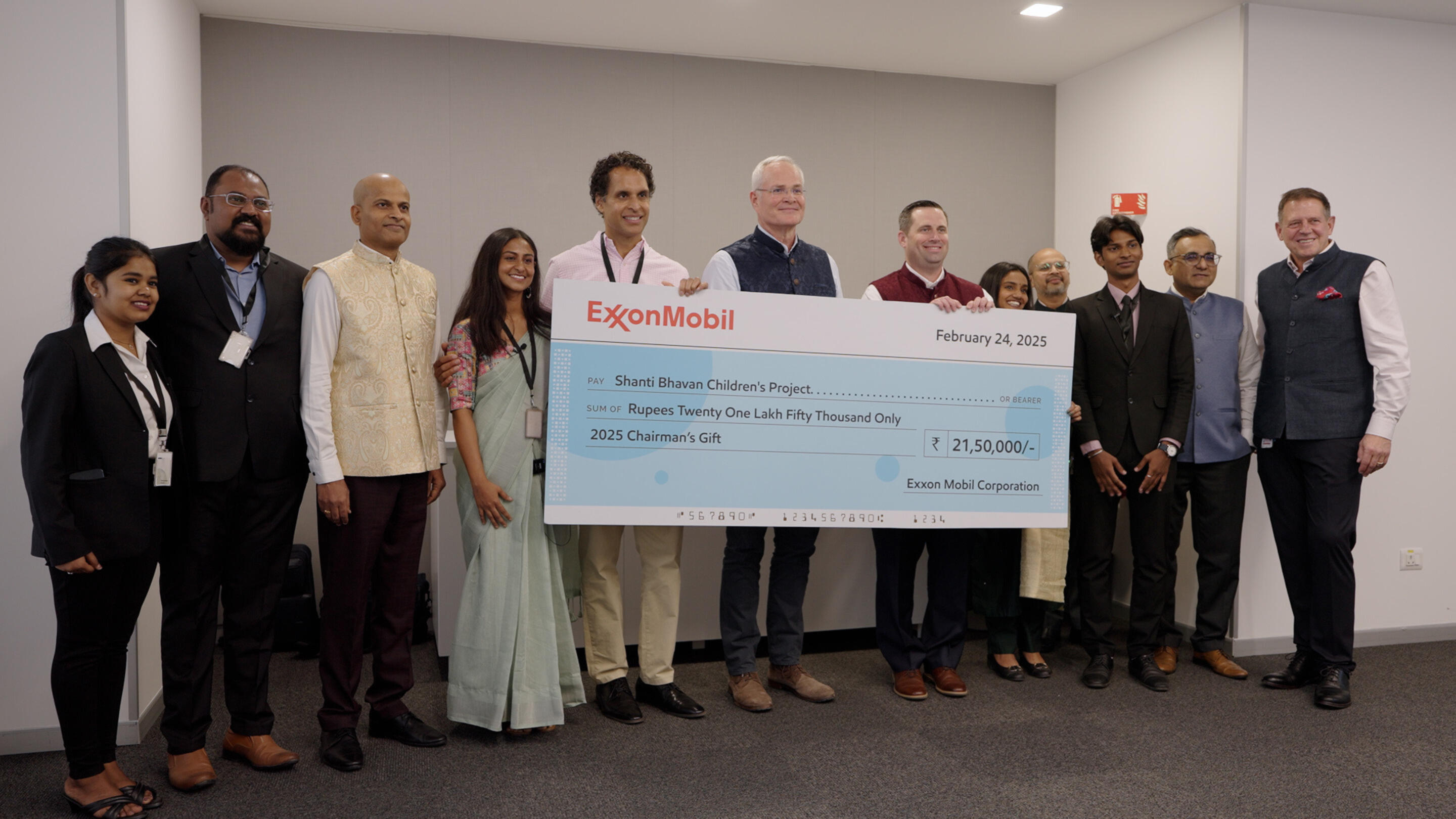4 min read
• Jan. 2, 2023Enroute to energy independence: Boosting India’s competitive advantage
4 min read
• Jan. 2, 2023In my career, I thought I had already seen it all.
I’ve seen a diversity of global energy landscapes, powered tech advancements and led ExxonMobil’s ambitious push to cut methane emissions from the Permian Basin. But the one moment that tops it all is when energy had perhaps its biggest technological breakthroughs of recent times, which made extracting gas and later oil from unyielding shale rocks profitable.
This development led the U.S. to become a top LNG exporter, creating a massive economic and geopolitical advantage for the country. But most of all, it reshaped the global energy system and shifted the geopolitical power balance!
Yet, even with my three decades of experience, India’s unique energy challenges have been a revelation to me since I arrived here a year-and-a-half ago. The country’s rate of demand growth is astounding. The International Energy Agency predicts that India will see the world’s biggest increase in energy demand from 2021 to 2030 and a doubling of oil and gas imports over the next two decades.
Currently, the country imports much of the energy it needs. India is the third-largest oil consumer globally, around 85% of which is imported. This is rightly recognized as a risk to energy security; that’s why Prime Minister Modi issued his clarion call to achieve energy independence by 2047.
So India is focusing on finding more ‘homegrown’ energy, opening up another 26 blocks for oil and gas exploration, the majority of them offshore. Since deepwater exploration involves very high costs and risks, India is also considering essential fiscal and regulatory changes needed to attract global investments in its deepwater.
At ExxonMobil, we believe that exploration and development of India’s deepwater frontiers could be a strategic opportunity. If the resource scale is big enough, India could even be the next hydrocarbon power on the global energy map.
That’s why we have joined forces with ONGC, the largest crude oil and natural gas company in India, to evaluate the nation’s resource prospectivity and potentially help it achieve greater energy self-sufficiency.
Could India be the next Guyana?
ExxonMobil’s success as a global explorer and developer is driven by our cutting-edge technologies, people and speed of project development. Guyana is a great example of what ExxonMobil could potentially deliver for India.
We took less than 5 years to move from resource discovery to production in Guyana . . . this is among the fastest speed for projects of its type in the industry!
We are producing 360,000 barrels per day (bpd) from the Guyana deepwater using lower-emission technologies only 7 years after the initial oil discovery and are on the path to 1 million bpd by 2030.
We’ve had an unprecedented string of over 30 disoveries in Guyana so far and are not done yet. This shows that our refined technologies are ideally suited to discover what lies in the Indian deepwater, but hasn’t been seen so far.
If our leading-edge technologies discover large resources in the Indian deepwater, a new deepwater development could bring about a multibillion-dollar investment with dramatic cascading effects. It could create thousands of skilled jobs and unlock deployment of our advanced emission-reduction technologies in deepwater operations, boosting India’s net-zero aspirations.
In most countries, a massive development like this requires building a new local workforce equipped with the high-tech skills needed to run a production site. But we have a head-start in India: Our Bengaluru Technology Center provides 24/7 support to many of our global production sites today, and would be ready to operate a new asset if and when we become a producer in the Indian deepwater.
So how can we move from being very interested to ready to proceed? It requires an appropriate geology, which we are actively searching for today.
But it also needs a step change in the risk vs. reward ratio for investors. While India’s exploration policy has advanced significantly to get international companies interested, there’s more work to be done—and quickly—to help India compete for and win high-risk, capital-intensive investments in frontier exploration.
This translates to globally competitive fiscal terms, certainty that those fiscals will be honored throughout the decades-long life of a deepwater asset, protection against expropriation and neutral arbitration.
Matching ExxonMobil’s strengths with India’s needs is a weighty, challenging opportunity we are working to unlock. But the great thing about working for ExxonMobil in India is the opportunity to deploy the company’s extensive global strengths, legacy skills and tech brilliance to help solve the nation’s toughest energy challenges.
We are very excited about this opportunity and would love to see that excitement lead us to deepen our energy partnership with India.
A lot has changed since ExxonMobil first arrived in India three decades ago. Today the country stands at the cusp of economic ascendance and it’s growing middle class has world-class aspirations. For ExxonMobil, this means more opportunities to energize India and play a bigger part in powering the incredible India growth story!
Exxonmobil India
Newsroom
Stay up to date with the latest news and information.
Explore more

Taking Indian talent to the world stage
2 min read
• Dec. 8, 2025
Pragmatic and empowering: The force behind India’s energy story
2 min read
• Nov. 18, 2025
A to B: Turning Artificial Intelligence into Business Intelligence
3 min read
• Oct. 23, 2025
Changing lives with the power of education
5 min read
• Sept. 12, 2025
Viksit Bharat: LNG can be part of that
3 min read
• Aug. 21, 2025
Rockhound to rockstar: Jen’s career across the globe
3 min read
• June 17, 2025
